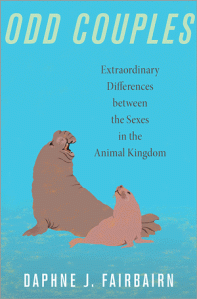No matter where people and wolves share the same landscape, conflict inevitably arises. Sometimes the conflicts are based in reality; sometimes they are not. Few animals other than wolves are able to consistently elicit in us deep emotional and political responses — responses that polarize us as stakeholders in their well-being, or polarize us as community members.
When wolves were reintroduced to the Northern Rocky Mountains in 1996, from two source populations released in Yellowstone National Park and in central Idaho, it was with the understanding that they would eventually tread beyond these places and reclaim lands long lost to them. Oregon was predicted to be one of the first states to receive dispersing wolves seeking new home ranges and hunting grounds. Livestock ranchers in Oregon braced for these events with trepidation. In the spring of 1999, the first wandering wolf crossed the Snake River and into Oregon’s Hells Canyon Wilderness — the young female yearling’s arrival occured about seven years earlier than predicted. That was all it took to wake Oregonians to the possibility of wolves in their midst.
Aimee Lyn Eaton’s new book, Collared: Politics and Personalities in Oregon’s Wolf Country, takes a fine-scaled in-depth look at the political process of Oregon’s preparations for receiving gray wolves. But she also puts stakeholders in her cross-hairs and reports on the multiplicity of perspectives held by biologists, ranchers, rural citizens and conservationists. Continue reading









